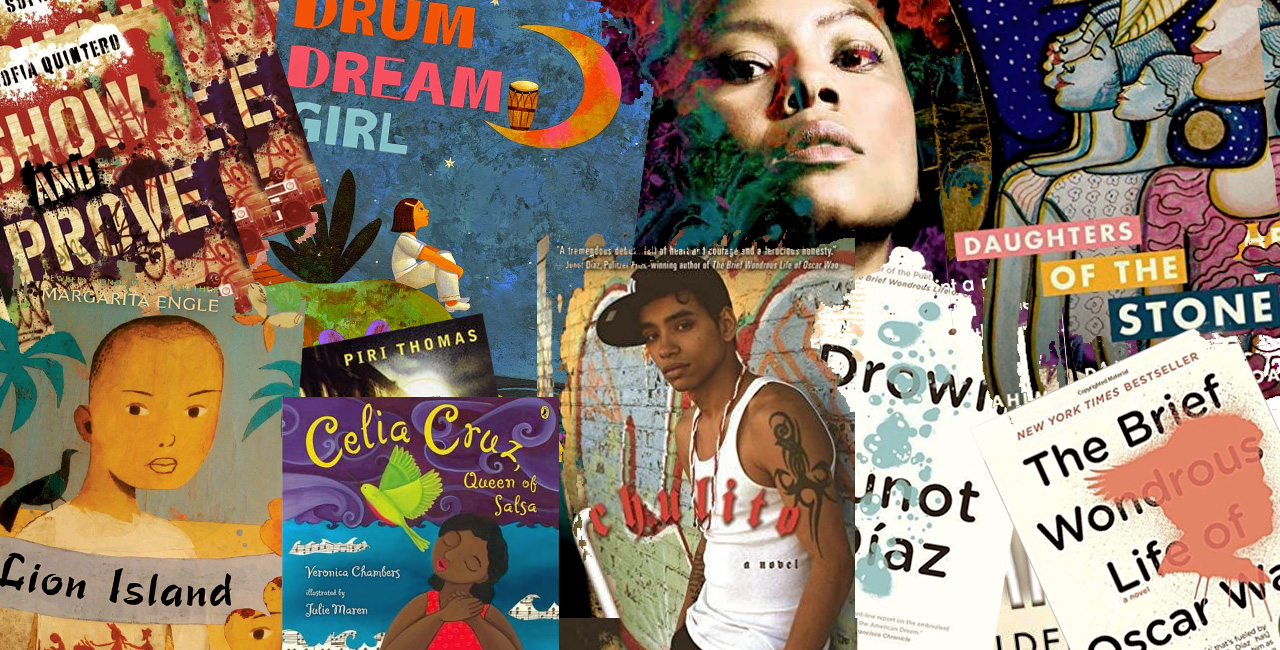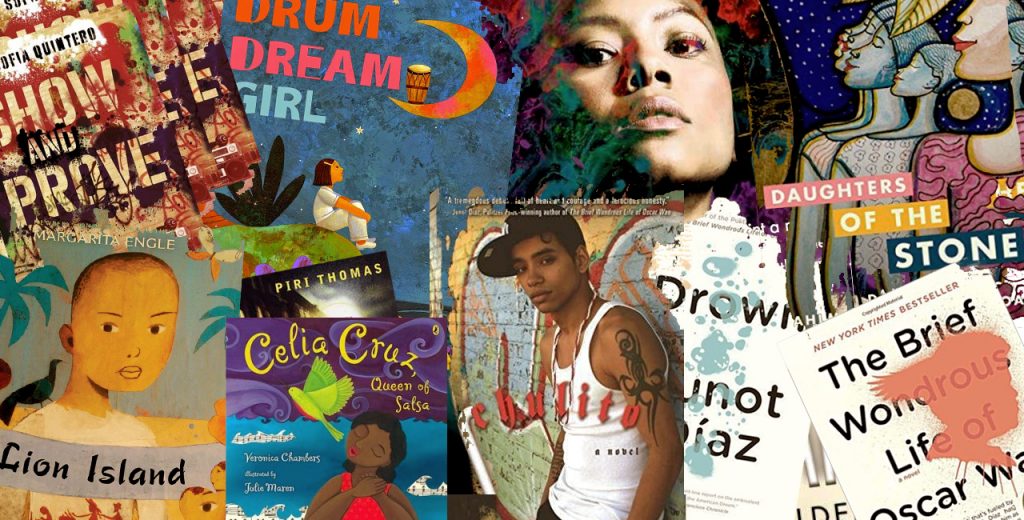Twenty years ago, Junot Díaz vowed to write a children’s book for his goddaughters – two Dominican girls living in the Bronx, who never saw themselves or their experiences in the stories they read. In the two decades that it took him to fulfill his promise (his book Islandborn, which has an Afro-Latina main character, is due spring 2018), the Afro-Latinx experience remains woefully underrepresented.
Each year, the Cooperative Children’s Book Center tracks the diversity in children’s and YA books. According to last year’s survey, Latinx authors only wrote 94 of 3,200 books – a number that accounts for just 2.9 percent, even though Latinx comprise about 17 percent of the US population. Looking at this data, there’s no easy way to tell how many Afro-Latinx authors wrote these 94 books, but given the continued lack of visibility for this marginalized group, it’s likely that the number is very small.
And this is an issue when the media vacillates between erasing and harmfully stereotyping Afro-Latinxs. Racial identity is never as simple as society wants us to believe, and Afro-Latinidad is no exception. A Pew Research study indicates that about a quarter of US Latinos are Afro-Latinx, but 39 percent of them report their race as white or white mixed with another race.
This is unsurprising given the disparaging ways the media, particularly Latin American media, portrays Afro-Latinx people. We Afro-Latinxs grow up in a society that tells us our African features, like afro-textured hair is “malo.” And not being able to see yourself represented in pop culture in nuanced and diverse ways can lead to internalizing anti-blackness and ultimately rejecting your own African heritage.
Book publishing by no means accurately represents the diversity of the Latinx community, which is why the efforts of organizations like We Need Diverse Books – which advocates for changes in the publishing industry so that all young people have books that reflect their realities – are so necessary. As the push for diversity and representation are pushed to the forefront, it’s also important to recognize those who have given our stories a platform. Here are 10 books that feature complex and well-developed Afro-Latinx lead characters:
1
Daniel José Older's 'Shadowshaper'
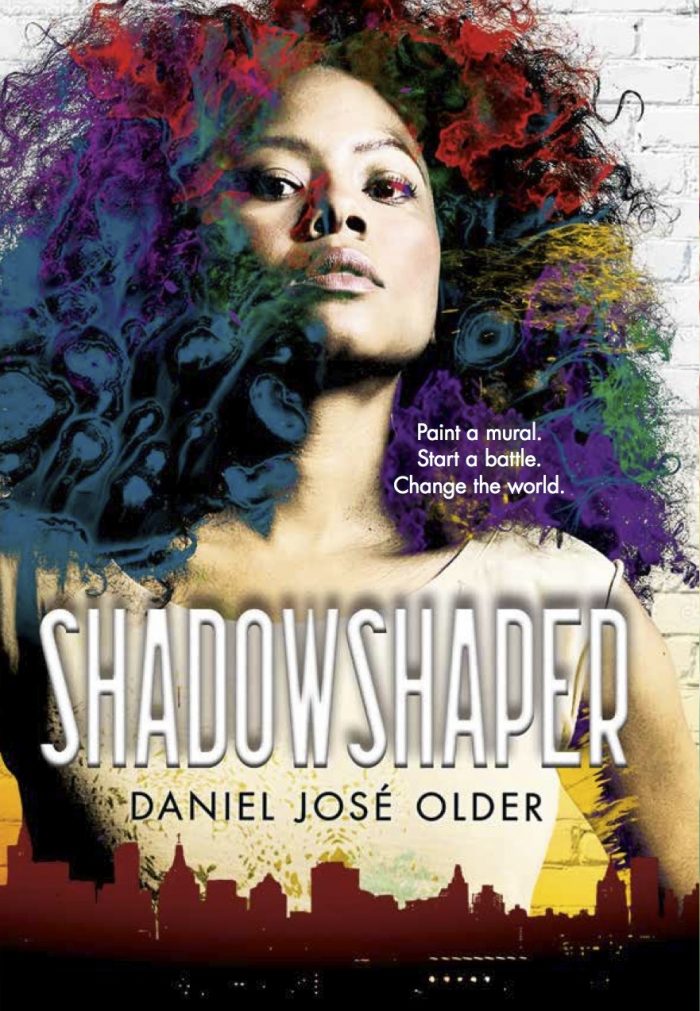
Afro-Boricua mural artist Sierra Santiago discovers she has the ability to infuse art with ancestral spirits, an ability called shadowshaping. In the midst of her gentrifying community in Brooklyn, Sierra has to master shadowshaping and defeat an enigmatic being using powers similar to hers to hunt other shadowshapers. This book has teen romance, mysterious poems, and salsa-infused death metal.
2
Julia Chambers' 'Celia Cruz, Queen of Salsa'
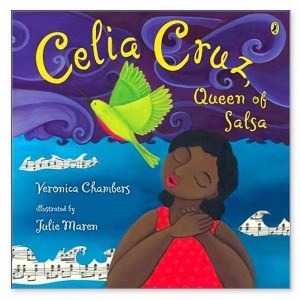
The importance of the late Celia Cruz could fill various tomes, but this picture book offers a great introduction into the Queen of Salsa’s life. It follows her from her childhood in Havana, Cuba to her reign as La Reina in the US. The illustrations capture Celia’s colorful essence. And though it’s aimed at children, it’s a great read for anyone who wants to see an Afro-Latina shattering stereotypes. The book includes an author’s note, a glossary, and a selected discography.
3
Sofia Quintero's 'Show and Prove'
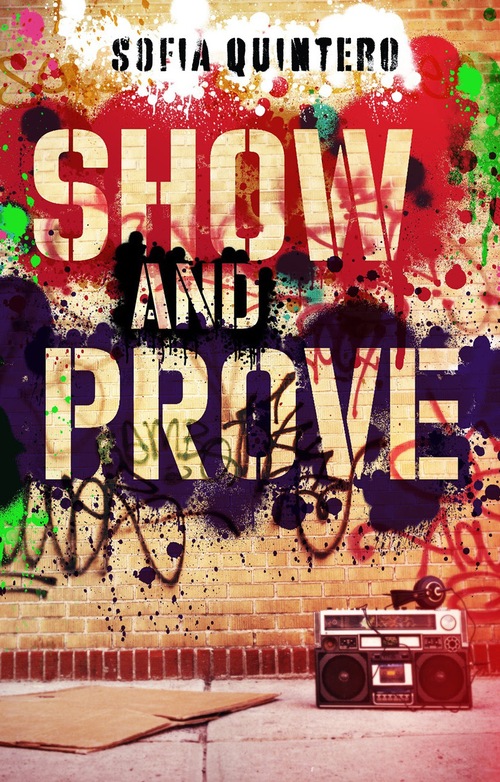
Guillermo “Nike” Vega Jr, a Boricua teen, and his best friend Raymond “Smiles” King, who is African American, come of age one summer in 1983 in the South Bronx. Full of b-balling, old-school slang, boom boxes, and cassette tapes, this book will make you nostalgic for hip-hop dances of yore.
4
Margarita Engle's 'Drum Dream Girl: How One Girl's Courage Changed Music'
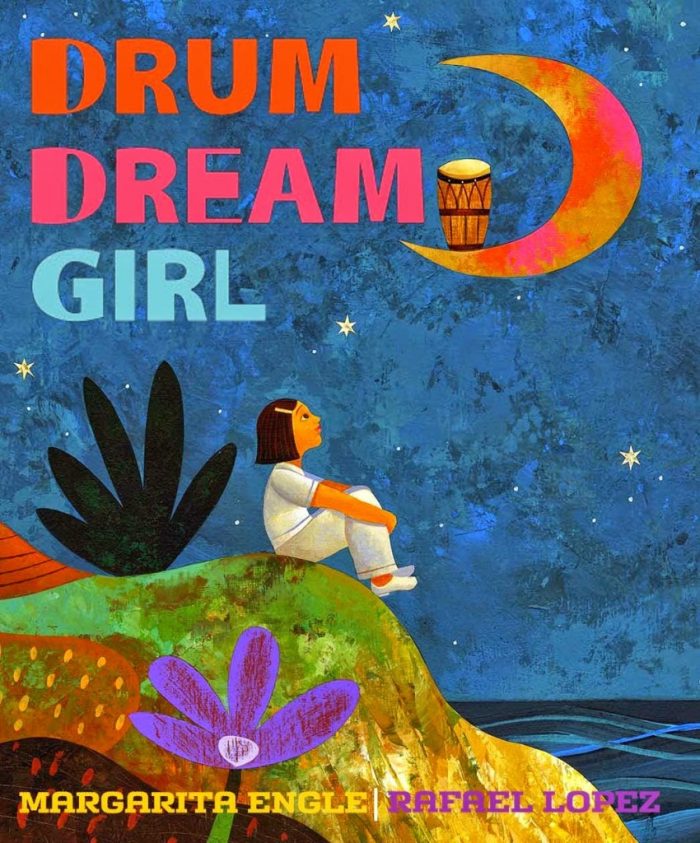
In an island where only boys are allowed to drum, the girl at the center of this story – the drum dream girl – dreams of bongos, timbales, and congas. She secretly practices and becomes so good that her sisters invite her to join their all-girl band. But her dad – reminding her that only boys can drum – forbids her from following her passion.
But the drum dream girl is determined to continue playing; her father eventually relents after seeing how talented she is and finds her a teacher.
This book inspired by Afro-Chinese-Cuban drummer Millo Castro Zaldarriaga, who broke barriers.
5
Junot Díaz's 'The Brief Wondrous Life of Oscar Wao'
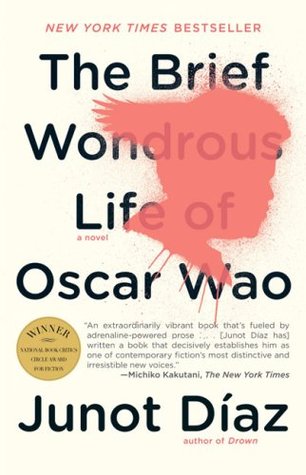
Oscar is an overweight, ghetto Dominican nerd, who is the darkest in his family. He’s a lover of fantasy and sci-fi, who just wants to be in love. But fukú, a curse that has plagued his family for generations and has followed them from the Dominican Republic to the United States and back, thwarts Oscar’s plans for love. This modern classic follows multiple narrators, includes footnotes, and is full of Dominicanisms.
6
Charles Rice-Gonzalez's 'Chulito'
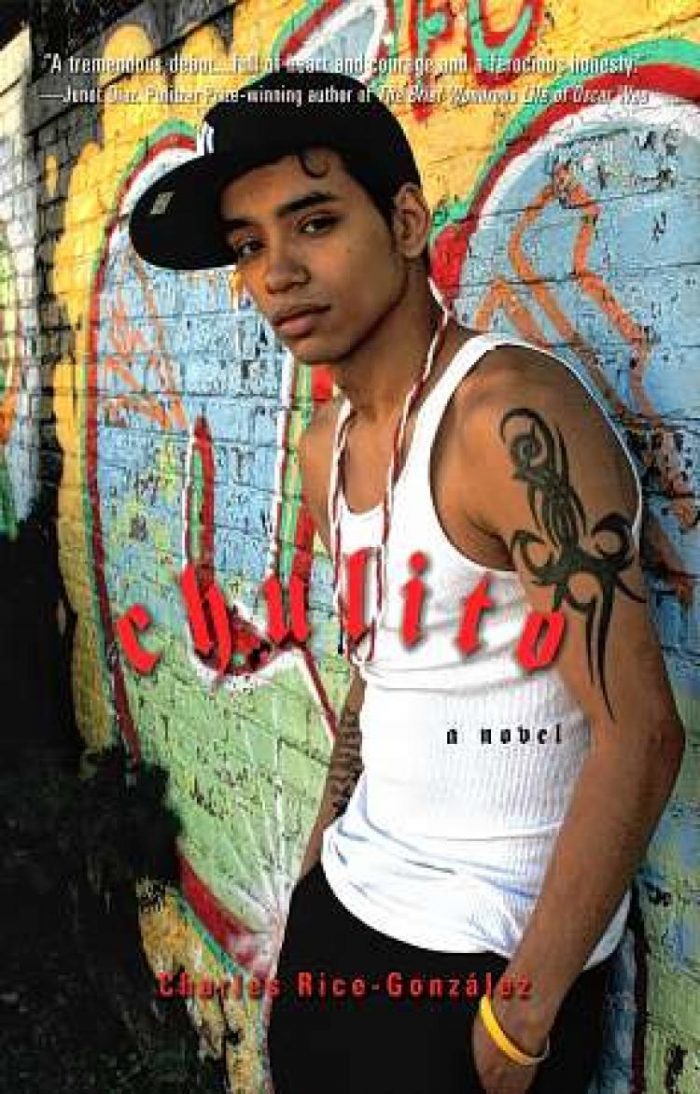
Chulito, a Puerto Rican teen from the South Bronx, and his best friend Carlos are close – until they both hit puberty and Carlos comes out as gay. Chulito rejects Carlos’ feelings for him, and buries them deep. Carlos goes away for college and Chulito becomes a runner for a local drug dealer. When Carlos returns from college, Chulito and Carlos share a kiss; Chulito can no longer run away from his own feelings. His ideas of love and masculinity are challenged.
7
Margarita Engle's 'Lion Island: Cuba's Warrior of Words'
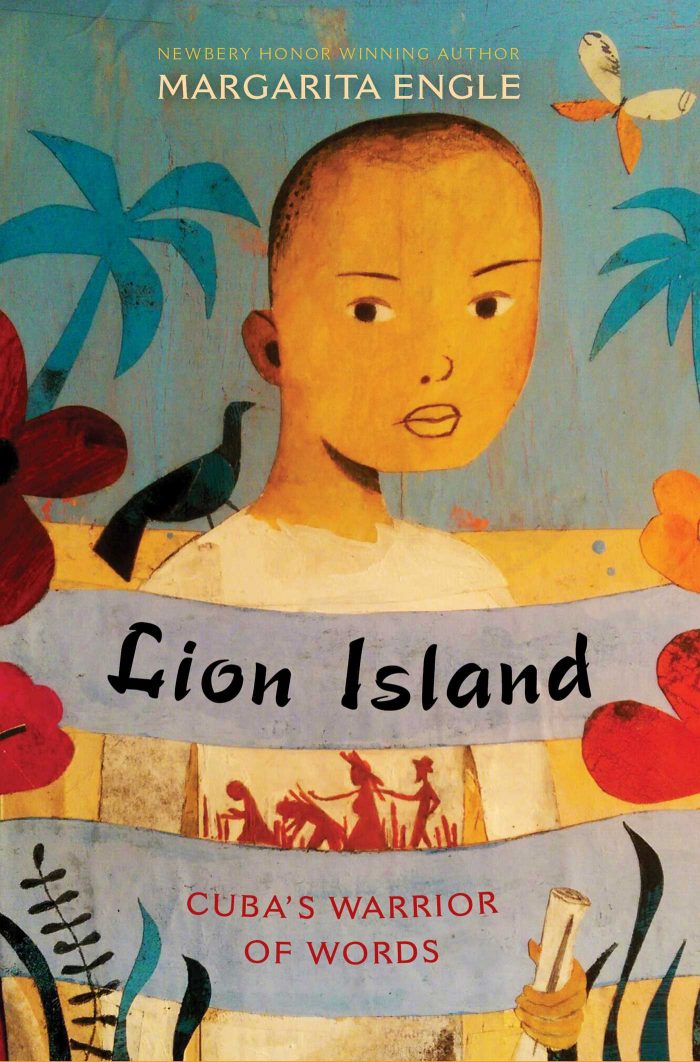
As Cuba struggles for independence in the nineteenth century – the country is fighting for independence from Spain and enslaved Africans and Chinese indentured servants forcibly work in the fields for hours – an Afro-Chinese-Cuban boy named Antonio Chuffat uses the power of his words. Antonio meets Wing – a Chinese fruit seller – and his sister, Fan. Together, the three friends find a way to fight against slavery without resorting to violence. The beautiful novel is told in verse and serves as the final volume in Margarita Engle’s historical novels.
8
Dahlma Llanos-Figueroa's 'Daughters of the Stone'
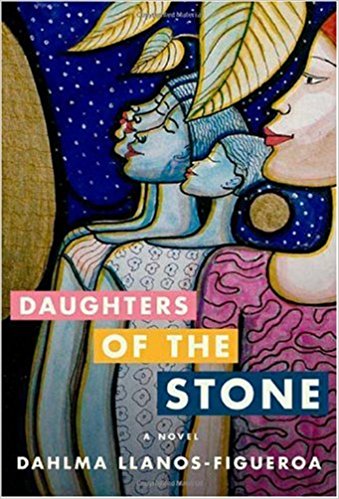
A stone and the intense love between mothers and daughters links five generations of Afro-Boricua women. Fela, an enslaved African woman, allows her master to take her body and thus, her daughter Mati is born. A stone from Africa is passed down, linking mother to daughter. Each woman, Fela, Mati, Concha, Elena, and Carisa, possess a special gift to heal and to commune with their ancestral spirits. Follow the trajectory of the stone as each woman relates to it differently.
9
Junot Díaz’s 'Drown'
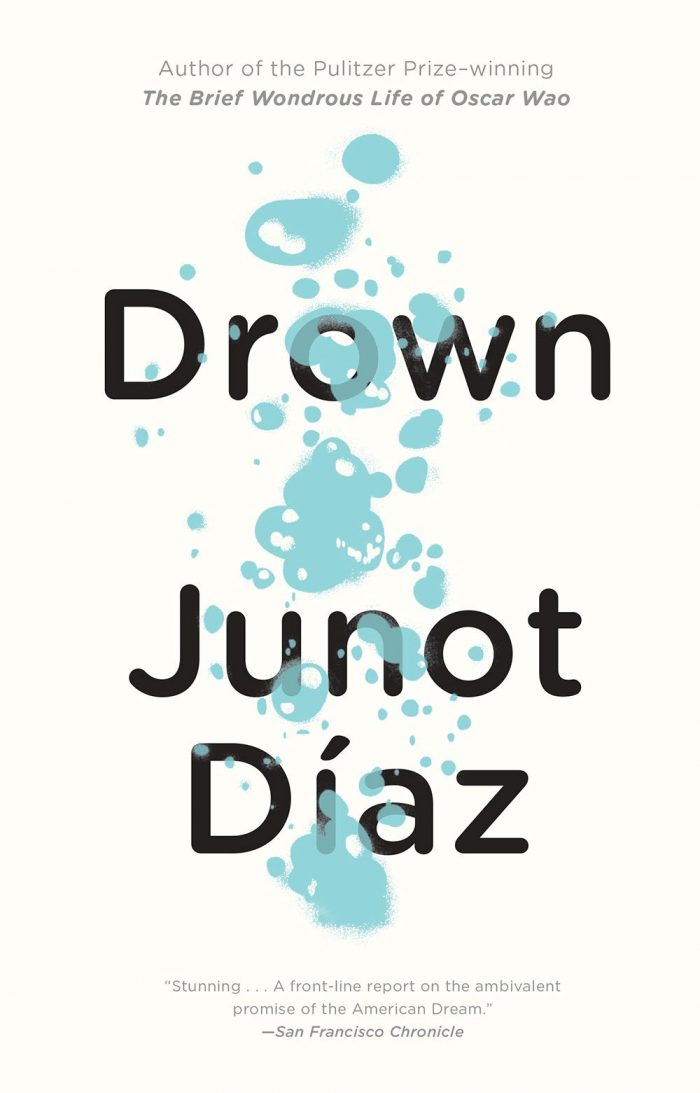
Junot Díaz’s first story collection follows Yunior and his family in both the Dominican Republic and the United States. The different narrators of the story, Yunior and his father, paint a vivid portrait of the immigrant experience, life in the Dominican Republic, and the harshness of life in the United States. For those who want to experience the magic of Junot’s writing, this is a good place to start.
10
Piri Thomas' 'Down These Mean Streets'
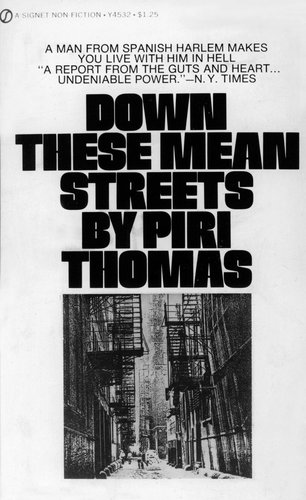
Piri Thomas’s classic memoir is about growing up in Spanish Harlem and the impact of his racial identity on his Latino identity. While growing up, Thomas’s family, who is of Cuban and Puerto Rican descent, largely dismissed their Afro ancestry. But those around read him as African American and not as Latino.
The memoir follows Thomas’s life as he deals with racial discrimination, poverty, homelessness, drug addiction, and prison. An excellent read for those who love thought-provoking memoirs; this book remains as relevant as ever.



